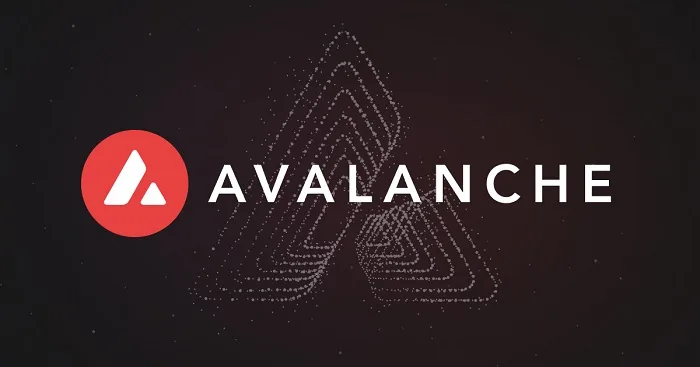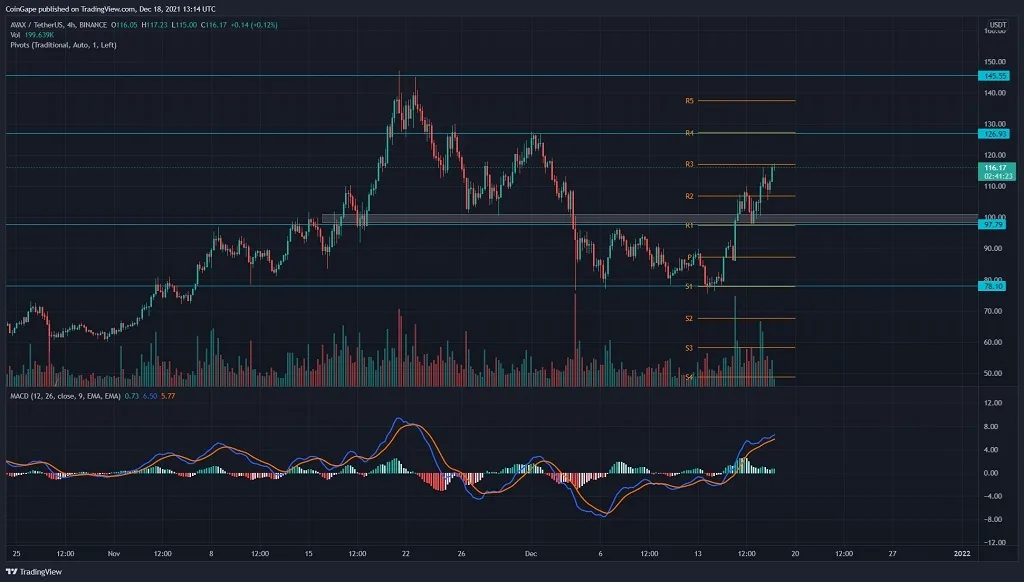
Avalanche Crypto Coin Review
In the rapidly evolving landscape of cryptocurrencies, Avalanche (AVAX) stands out as a noteworthy digital asset. Launched by Ava Labs, Avalanche is designed to offer high throughput, low latency, and secure transactions, positioning itself as a competitor to Ethereum. Its unique consensus protocol and ambitious vision have garnered significant attention since its inception.
What Kind of Cryptocurrency is Avalanche and When Did It Appear?
Avalanche is a decentralised platform developed by Ava Labs that enables anyone to create, trade, and manage any form of digital asset. The AVAX token, native to the Avalanche ecosystem, serves multiple functions including paying transaction fees and participating in the consensus process. Avalanche was officially launched in September 2020 following a successful initial coin offering (ICO) that raised $42 million in just under five hours. This launch marked the beginning of a new era in blockchain technology, characterised by its consensus protocol which promises to offer unprecedented speed and scalability.
The creation of Avalanche was driven by the need to address the limitations of existing blockchain platforms. With a focus on scalability, security, and decentralisation, Avalanche aims to provide a robust infrastructure for decentralised applications (dApps), financial primitives, and new interoperable blockchains. Since its launch, Avalanche has gained traction among developers and investors, steadily building a reputation for its technological innovations and practical applications.
Technology Behind Avalanche
Avalanche’s technology is distinguished by its consensus protocol, known as Avalanche Consensus, which is a novel approach to achieving consensus in a distributed network. Unlike traditional proof-of-work or proof-of-stake mechanisms, Avalanche Consensus relies on a system of repeated random subsampling, which allows it to achieve high throughput and low latency. This protocol ensures that transactions are confirmed within seconds and the network can scale to thousands of transactions per second (TPS), making it one of the fastest blockchains in operation.
The architecture of Avalanche comprises three primary chains: the Exchange Chain (X-Chain), the Platform Chain (P-Chain), and the Contract Chain (C-Chain). The X-Chain is responsible for creating and exchanging assets, the P-Chain coordinates validators and enables the creation of subnets, and the C-Chain is used for smart contracts and DeFi applications. This tri-chain architecture allows Avalanche to optimise for different use cases and ensures that the network remains flexible and efficient. Additionally, Avalanche supports the Ethereum Virtual Machine (EVM), allowing developers to deploy Ethereum-compatible dApps on its platform with ease.
Exchanges Where You Can Trade Avalanche
Avalanche (AVAX) is listed on numerous major cryptocurrency exchanges, providing ample liquidity and trading options for investors. Notable exchanges where AVAX can be traded include Binance, Coinbase Pro, Kraken, Huobi, and Bitfinex. These exchanges offer various trading pairs, including AVAX/USD, AVAX/EUR, and AVAX/BTC, among others. The wide availability of AVAX on these platforms ensures that investors can easily buy, sell, and trade the cryptocurrency, contributing to its robust market presence.

How Stable is Avalanche?
The stability of Avalanche as a cryptocurrency is influenced by several factors, including its technological foundation, market adoption, and overall market conditions. Since its launch, Avalanche has demonstrated resilience and growth, supported by a strong community and continuous development efforts by Ava Labs. The protocol’s innovative consensus mechanism provides a solid technical base that has proven to be both reliable and efficient in handling high transaction volumes.
Market volatility is an inherent characteristic of the cryptocurrency space, and AVAX is no exception. While it has experienced significant price fluctuations, this volatility is often driven by broader market trends and investor sentiment. Despite these fluctuations, AVAX has shown a general upward trend in both price and market capitalisation, reflecting growing confidence in the Avalanche network.
Another aspect contributing to the stability of Avalanche is its strategic partnerships and integrations within the blockchain ecosystem. Collaborations with other projects and platforms have enhanced its visibility and utility, reinforcing its position as a leading blockchain solution. These partnerships not only expand the use cases for Avalanche but also help in stabilising its market performance by attracting a diverse user base.
Overall, while Avalanche’s stability is subject to market dynamics, its strong technical foundation and growing adoption provide a favourable outlook for its long-term stability and growth in the cryptocurrency market.
Is It Worth Investing in Avalanche?
Investing in Avalanche presents both opportunities and risks, typical of any cryptocurrency investment. On the positive side, Avalanche’s innovative technology, fast transaction speeds, and scalability solutions position it as a strong contender in the blockchain space. The support for Ethereum-compatible dApps through the EVM integration also adds significant value, making it an attractive platform for developers and users alike.
The growth potential of Avalanche is further underscored by its active development community and strategic partnerships, which continuously drive innovation and adoption. As more projects build on the Avalanche platform and its ecosystem expands, the demand for AVAX tokens is likely to increase, potentially leading to price appreciation.
However, potential investors should also consider the inherent risks associated with investing in cryptocurrencies, such as market volatility, regulatory uncertainties, and the competitive landscape. Conducting thorough research and staying informed about market trends and technological developments are crucial steps in making an informed investment decision.


